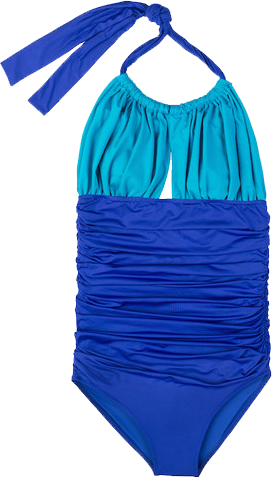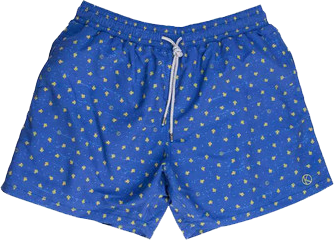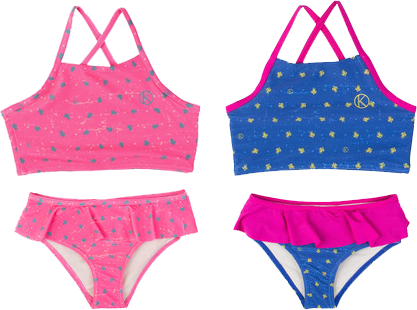Oceans are not our rubbish dump

The worlds oceans are in fact one body of water, all connected by currents. As a result, water can be transported across the world and through all the different oceans by these currents.
Deep ocean currents are caused by differences in the temperature and saltiness of the ocean water. Deep sea water movement then transports this deep water across the globe.
Surface currents on the other hand are affected by wind and storms. These currents are responsible for moving the warm water found around the equator towards the polar areas.
The movement of some currents can be affected by the spin of the earth and any land masses that surround them. This creates something known as a gyre: a circulating body of water.
Water continues to spin until it reaches the middle of the gyre. In the middle of the gyre the rotation slows and stops, creating a calm body of water in the centre. Each ocean has a gyre in its north and south hemisphere. Gyres pick up plastic in the ocean and move it to the centre, where it becomes trapped in the calm water and creates what we call an ocean garbage patch.
Once trapped in ocean gyres plastic they are subject to many natural processes: wind and weathering, sun exposure and wave action. These processes cause plastic to break up over time into smaller and smaller pieces, but never actually disappearing. These big bits of plastic breaking into small pieces is what creates microplastics in our oceans.
How do these micro plastics harm our food chains in the ocean and endangering our birds indirectly?

These tiny plastic fragments are about the same size as plankton and algae in the ocean that are hugely important as they form the basis of the entire food chain. In the ocean tiny plant- like microbes called phytoplankton are eaten by zooplankton, which are in turn eaten by animals such as krill, sponges, and corals. Other animals then feed on these, forming what we call a food chain. In the case of the albatross the chain goes like this: Phytoplankton are eaten by zooplankton, which are eaten by small fish, which are in turn eaten by squid, which are finally eaten by the albatross.
Phytoplankton -> Zooplankton -> Krill/Shrimp -> Fish -> Whales/Sharks
There are so many ways that microplastics and plastics enter the food chain and this is just one small branch of a huge food web.
Albatross don’t just eat squid, one of their favourite foods is the high nutrient packed eggs of the flying fish. Flying fish lay their eggs on floating material. With large amounts of plastic now floating in the ocean, flying fish will now accidentally lay their eggs on plastic and albatross will accidentally eat it.
Like we mentioned, there are many ways we can help protect our oceans.
Managing our waste correctly, recycling as much as we can and reducing the amount of single use plastic we use are al steps that help prevent plastic from reaching our oceans.
Great Pacific Garbage Patch

Ocean gyres circle large areas of stationary, calm water. Debris drifts into these areas and, due to the region’s lack of movement, can accumulate for years.
The Great Pacific Garbage Patch is one such region—defined by a soupy plastic accumulation of debris.
Ocean Currents

Ocean gyres are large system of circular ocean currents formed by global wind patterns and forces created by Earth’s rotation. The five major circulation patterns formed by the currents on this map are the world's five major ocean gyres: North Atlantic, South Atlantic, Indian, North Pacific, and South Pacific. (The Indian Ocean Gyre is actually two, split slightly below the Equator.)


 Women
Women Men
Men Kids
Kids

